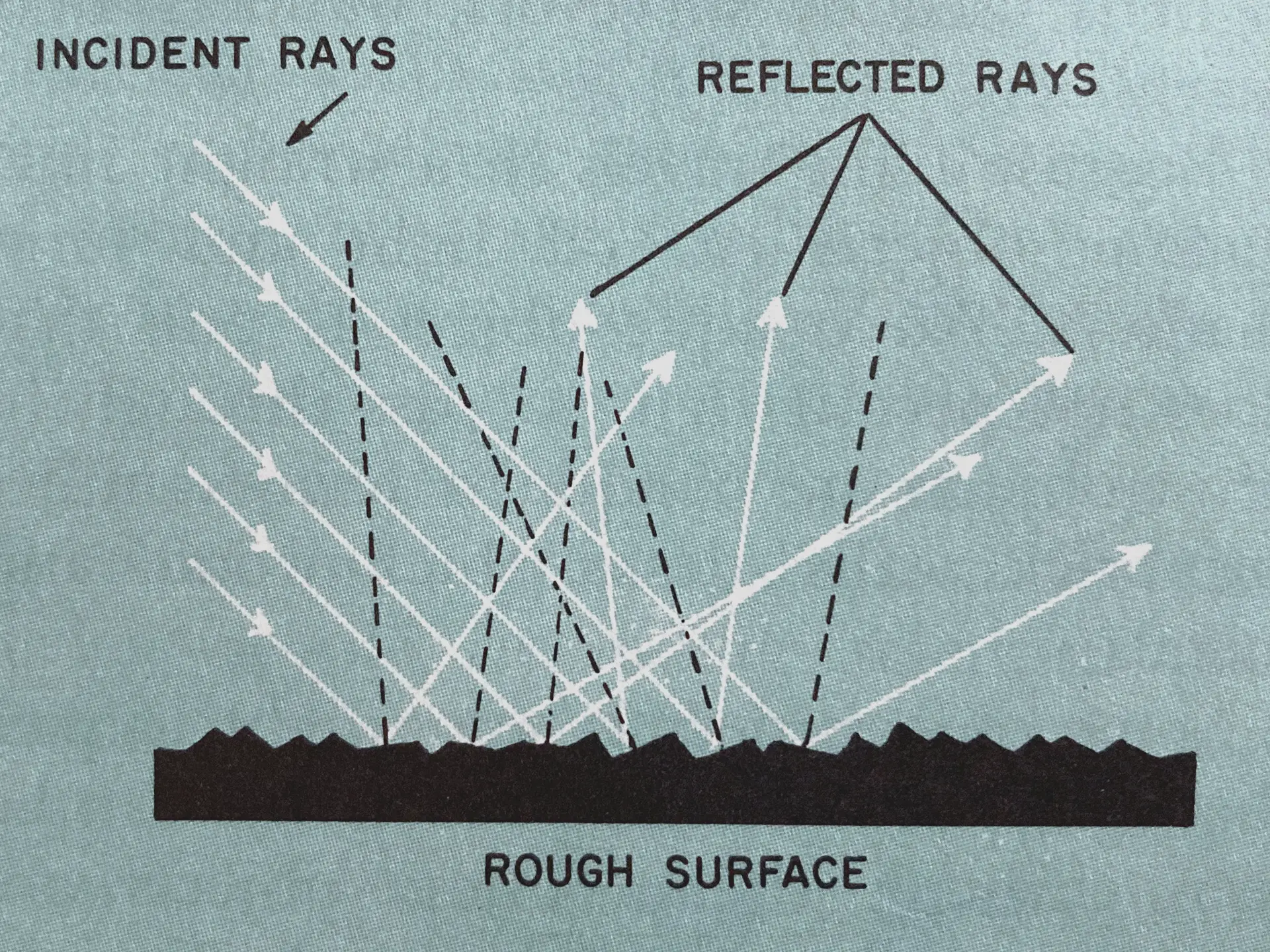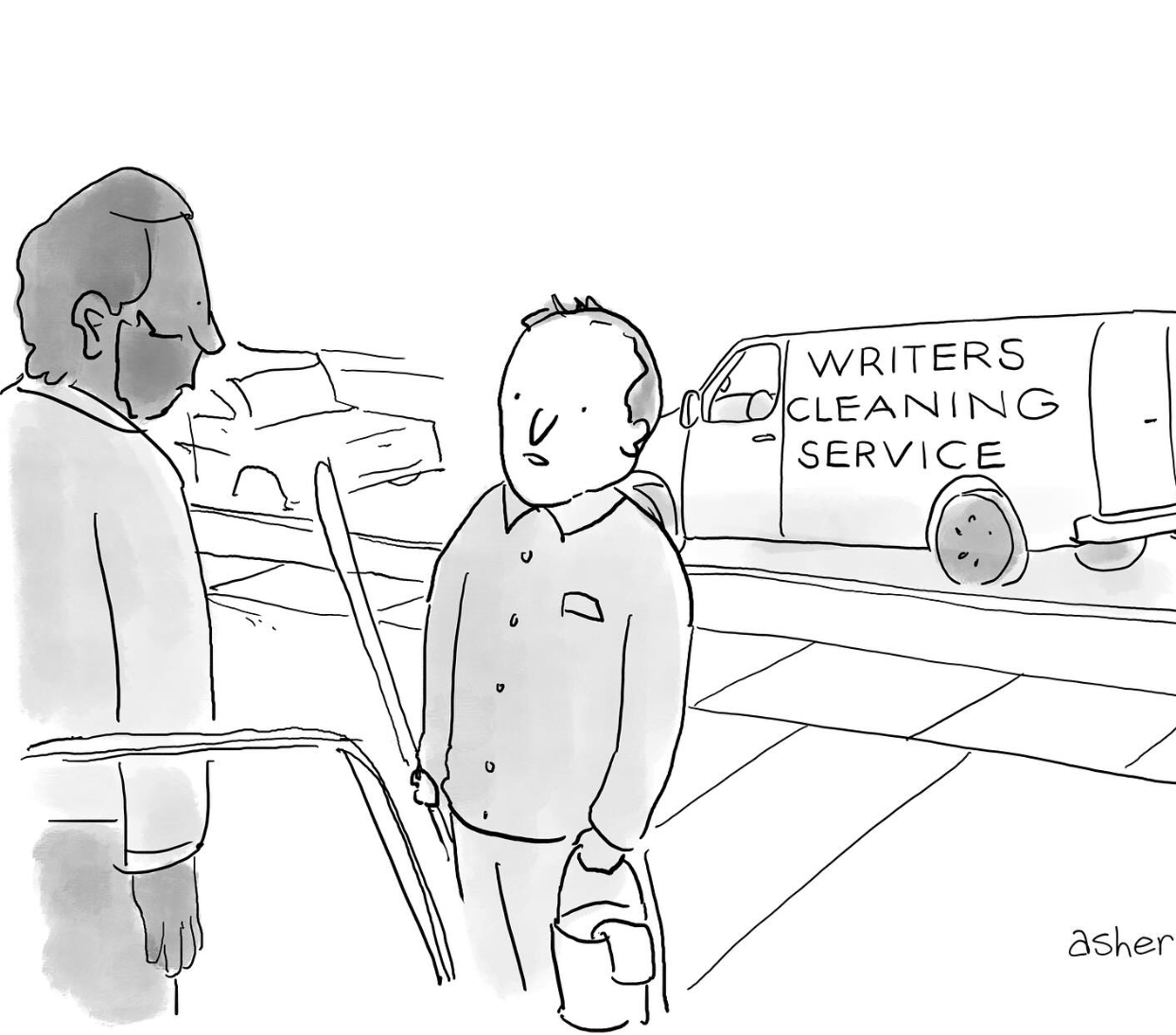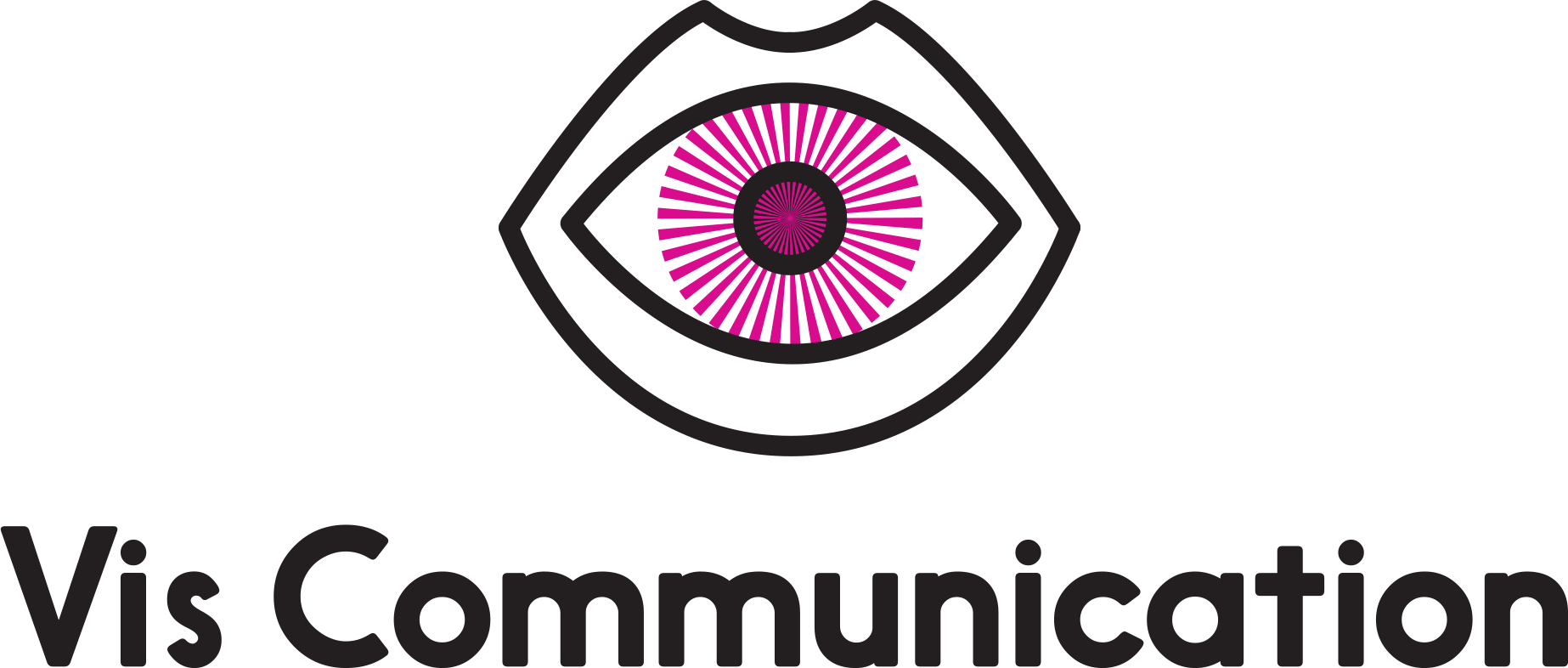Managing Your Creative Time
Creative time is weird to say the least. Here are some tips.

Creative time is weird to say the least. As I said last week:
“We’re often juggling jobs that we’re not sure how long we’ll need to spend on (that has a due date) with other jobs that we’re not sure how long we need to spend on (that also has a due date) with other jobs where the revisions we expected are three days late, and by the way can you do this real quick.”
Everyone is different, but I thought I would lay out some tips that help me manage my time.
1 | Immediately after the startup/kickoff meeting.
I make notes and sketches. Some of this is to help me visualize the scope of the project, and I’ll also jot down initial ideas. It helps to go ahead and get those out of the way.
2 | Trick yourself into starting.
Same day or next day I will set up my folder structure and gather any assets I already have available or that I know I will need. There is something about taking a small bite out of the elephant that makes me feel like I’ve made a start. This is purely mechanical time, and I can get right into it the next time I touch it.
3 | Set yourself up well.
Sometimes finding that one damn file you need is the biggest waste of time. Or getting all the way to the end and realizing that image the client sent is a .doc. Make sure you can locate everything on the front end, and check assets as you get them, if you’re not the one creating them.
4 | If you need ideas.
If you can, it’s better to work on projects in focused blocks over the course of days or weeks rather than working from start to finish immediately. Working on something and then putting it out of your mind to do other things really helps you look at things with a fresh eye when you come back to it. Also, your subconscious mind works for you when you’re not actively on it – let it do its thing. A certain amount of procrastination is good.

5 | If you need speed or efficiency.
Speed is not really about how fast your fingers fly over the keyboard – it’s actually about how quickly you make decisions. Because design is making constant decisions. Pick a direction based on whatever information you have, and go. Try not to second guess yourself too much. And take breaks. If you don’t, you risk decision fatigue and you’ll lose perspective. If you are truly stuck, stop. Get some sleep and come back at it tomorrow. All is revealed in the light of morning.

6 | Make a weekly plan.
It’s for this reason I used to track all my jobs on a weekly paper calendar. (I still use a paper calendar, but our job tracking system has greatly improved.) When you can see at a glance what day everything is due, it makes it a ton easier to plan out how to divide up your time and what you need to work on each day.
7 | Worry about the big projects first.
Knock out small stuff in between. It’s easy to get bogged down in small requests to the detriment of larger projects. You think you'll just knock them all out at once or quickly, and then you have nickel and dimed the day away. Don’t let this happen. Block out time for the big stuff, and schedule the small stuff around it.
Prepping and biting off big jobs in chunks also allows you to take on those last minute requests without feeling like you’re never going to get to the big thing.



